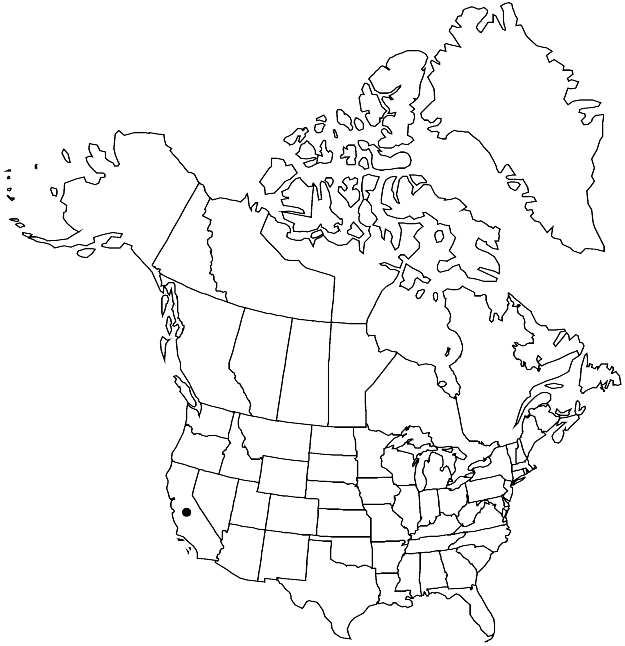Streptanthus gracilis
Proc. Calif. Acad. Sci., ser. 3, 2: 285. 1902.
Annuals; (slender); (glaucous), glabrous throughout. Stems often branched basally, (0.6–)1–3.5 dm. Basal leaves rosulate; petiolate; blade oblanceolate to spatulate, 1–7 cm, margins usually sinuate to dentate, rarely lobed. Cauline leaves (shortly petiolate or sessile); blade oblong to ovate, 0.5–3 cm × 1–5 mm, (smaller distally), base auriculate or (distally) amplexicaul, margins entire or dentate apically, (entire distally). Racemes bracteate below or between proximalmost 1 or 2 flowers. Fruiting pedicels divaricate to ascending, (straight or recurved), 3–6 mm, (not expanded at receptacle). Flowers: calyx slightly urceolate; sepals rose-purple, 4–5 mm, not keeled; petals (spreading), pinkish, 7–10 mm, blade 3–5 × 1.5–2.5 mm, margins not crisped, claw 5–6 mm, narrower than blade; stamens in 3 unequal pairs; filaments (distinct): abaxial pair 3–4 mm, lateral pair 1.5–2.5 mm, adaxial pair 5–6 mm; anthers (all) fertile, 1.5–2 mm; gynophore 0.5–3 mm. Fruits ascending, torulose, straight, slightly flattened, 3–7 cm × 1–1.5 mm; valves each with obscure midvein; replum straight; ovules 24–52 per ovary; style 0.1–0.5 mm; stigma entire. Seeds oblong, 1–1.5 × 0.6–0.9mm; wing (0–)0.05–0.25 mm, distal.
Phenology: Flowering Jun–Sep.
Habitat: Rocky open subalpine or alpine vegetation, pockets of weathered granite sand and gruss
Elevation: 2600-3600 m
Discussion
Streptanthus gracilis is known from the Kings-Kern Divide in the southern Sierra Nevada of Fresno, Inyo, and Tulare counties.
Selected References
None.
